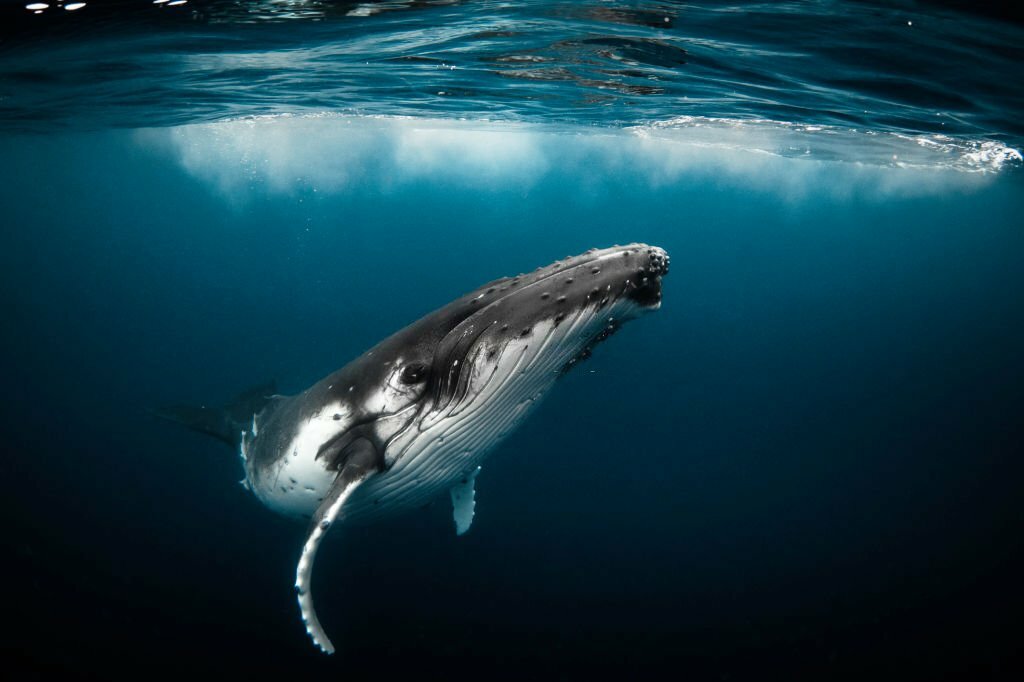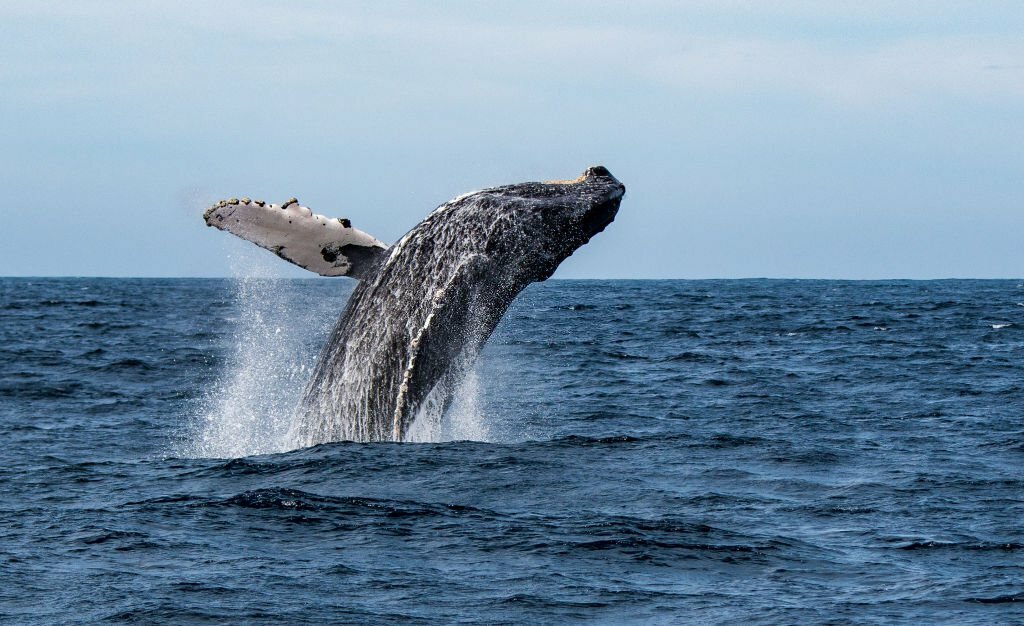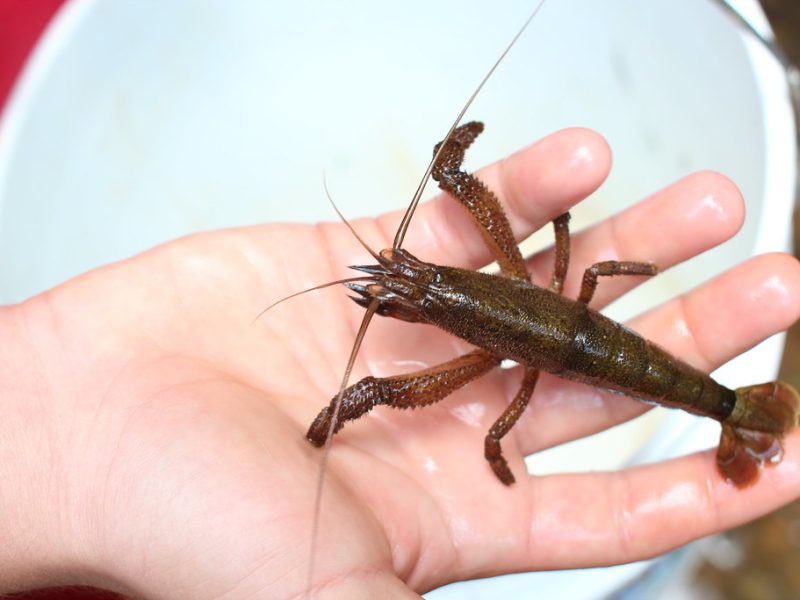Table of Contents
Explore What Does Whale Milk Taste Like, which is often described as a combination of fish, castor oil, and milk of magnesia. Learn why whale milk is not suitable for human consumption, discover its high-fat content, and understand the environmental concerns associated with it.
The Fascinating Taste of Whale Milk
Whale milk, an elusive and rare substance, holds a flavor that piques the curiosity of many. The question that arises is, how does this mammal’s milk differ from the more common bovine or goat milk? Let’s delve into the intriguing world of whale milk and its distinct taste.
Understanding the Complex Flavor
Whale milk boasts a complex flavor profile, offering a unique blend of tastes. It’s often described as a combination of fish, castor oil, milk of magnesia, and even hints of liver. Notably, it also carries a fishy aroma, which can be attributed to the marine environment in which whales reside. The high-fat content imparts a soft, buttery consistency to the milk. The exact flavor can vary based on the composition of fat and protein molecules within.
The Rarity of Whale Milk
Due to its scarcity, information about whale milk and its taste is not readily available. In this article, we aim to shed light on this enigmatic substance, addressing all your queries.
What Does Whale Milk Taste Like?
A Unique Taste Profile
Whale milk possesses a slightly sour and creamy-smooth flavor, owing to the presence of proteins, fats, and omega-3 fatty acids. Scientific analyses have revealed that it carries salty and fishy notes, akin to fish immersed in a can of milk. The oceanic habitat of whales contributes to this characteristic sea-like scent. Notably, the taste is an intricate combination of fish, liver, castor oil, and milk of magnesia. Given these flavor attributes, it’s safe to say that whale milk may not be the beverage of choice for humans.
Appearance and Consistency
In terms of appearance, whale milk resembles heavy cream, with a fat content ranging from 35% to 50%—a stark contrast to the 4% fat content in cow’s milk. Some describe its texture as similar to soft butter. In certain instances, whale milk may exhibit a color spectrum ranging from ivory to a shade of green.
Whale Milk Ice Cream
Enthusiasts suggest that the thick consistency of whale milk makes it an ideal base for ice cream. To create this unique treat, simply cool down the milk and vigorously shake it until it reaches the creamy gelato texture. However, it’s important to note that this indulgence comes at a caloric cost, with a half-cup serving containing approximately 900 calories!
Is Whale Milk Comparable to Toothpaste?
A Viscous Nature
Whale milk is often likened to toothpaste due to its high viscosity. It boasts a substantial fat content, ranging from 35% to 50%. This thickness plays a crucial role in the feeding process of whale calves.
Flavor Distinction
Despite its toothpaste-like consistency, the taste of whale milk couldn’t be more different. Rich in proteins, it offers a bold and fatty flavor, with hints of oil, liver, and fish, along with notes of milk of magnesia.

Can Humans Consume Whale Milk?
Not an Ideal Choice
For human consumption, whale milk is far from the top choice. It contains a staggering 443 calories, with 10.9% protein and an astonishing 42.3% fat content—ten times more fat than typical cow’s milk. Additionally, the intricate breast structure of whales, with concealed nipples deep within their skin grooves, makes extracting milk virtually impossible for humans. The inaccessibility of this milk source, coupled with the deep-sea habitat of whales, further limits any attempts to acquire it.
Environmental Concerns
Scientists also express concerns about potential contaminants in whale milk, stemming from sources such as plastics and pesticides. These pollutants can impact the health and survival rates of whale offspring. Given these environmental considerations, it’s advisable to refrain from consuming whale milk. Read also Nestlé Business Services.
Final Words
Whale milk performs a critical role in nourishing whale calves and supporting their rapid boom. Blue whale calves, for instance, can devour up to hundred and fifty gallons of milk in a single day, allowing them to weigh over a hundred pounds within their initial months. However, despite its nutritional price, whale milk isn’t always supposed for human intake. Its excessive fat content material and capability to environmental contaminants make it an improper preference for our nutritional desires. Moreover, the awesome oceanic, fishy taste and aroma of whale milk won’t align with human flavor alternatives.
People also ask
What Does Whale Milk Taste Like?
Whale milk has a unique taste profile, often described as a combination of fish, castor oil, milk of magnesia, and even hints of liver. It carries a fishy aroma due to the marine environment in which whales live.
Can I Make Ice Cream with Whale Milk?
Yes, whale milk’s thick consistency makes it an ideal base for ice cream. However, be aware that it is high in calories.
Why is Whale Milk Compared to Toothpaste?
Whale milk’s high viscosity and thick consistency have led to comparisons with toothpaste. However, the taste is significantly different, characterized by its rich and fatty flavor.



